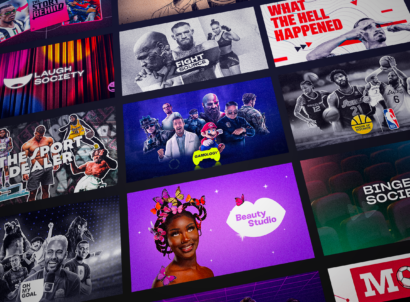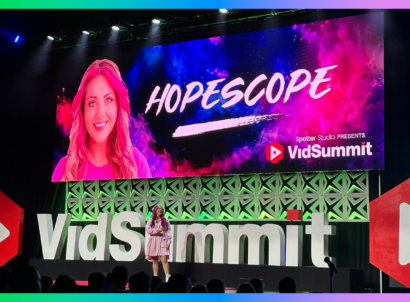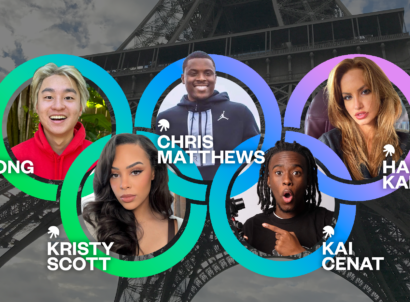You’ve seen it before; it’s been around in many forms since the birth of journalism. The internet is seemingly full of misleading video headlines designed to trigger your curiosity and make you click, just to satisfy your desire to know the answer.
In the early years of content creation on YouTube, clickbait was the key to fast growth. However, its increasing popularity with content creators has dwindled over the years due to its overuse and false promises.
Casey Neistat, a filmmaker famous for his daily vlog series, expressed that “Clickbait titles, catchy thumbnails, and shareable content are necessary if this is something you want to do as a job, but not everyone wants that.”
Even the platforms are now realizing that audiences don’t want clickbait. In recent times, Facebook has issued guidance on avoiding using clickbait in video headlines. Now, it will reduce the distribution of posts by pages who use this excessively, but is this what audiences want?
There is no denying that clickbait works. The numbers speak for themselves. A simple search of titles like “I’m quitting YouTube” and “we broke up” brings up many creators with overperforming videos titled as such. However, keeping a long-term audience relies on garnering trust and building an authentic community. Avoiding clickbait is where the true audience loyalties lie.
It’s All About the Platform
The platform you post on is always the key to working out what works and what does not. Platforms like TikTok and Instagram are not so reliant on video headlines due to how the videos are presented to you; instead, the content is key. However, other platforms, like Facebook, YouTube, and Snapchat, require the headline to be the selling point.
YouTube is all about content discovery through active audience search; the audience uses the search bar to find the content they want to watch. This search method makes clickbait feel necessary due to its ability to create intrigue. On top of this, it makes your video appear higher in the search results, using a descriptive headline. This means the video finds an audience who is already searching for your content and engaged with the topic.
Facebook takes this in a different direction. You can view the content in two ways: either you are already a follower of the page, or Facebook delivers you the video via its content recommendation algorithm. The video headline is most important here: you want people to stop scrolling through their feed and bring them into your content ecosystem.
Ensuring your video delivers on the promises of the headline is vital. Without this assurance, your content will be pushed back from content recommendation, creating a sour taste in your audience’s mouths.
Why Audiences Sometimes Take the Bait
So if everyone dislikes clickbait so much, why is it used?
Clickbait preys on your mind’s instinct to want to learn new things. Research suggests this also plays with your ability to produce dopamine, the part of our nervous system that lets us know when we are enjoying something. That clickbait headline creates such a gap in our knowledge that our brain wants to find out more, making it hard to resist. Clickbait will continue to exist for as long as people continue to click. This works for those industries where they only need a quick click, for example, in the tabloid-style press or on a Twitter thread. It gives people that instant dopamine hit, but disappointment when they don’t get an answer to their question.
Take these two video headlines below – which one is more likely to deliver on its promise?
- You WON’T BELIEVE why they CANCELLED this MOVIE
- The reason you WON’T see CATS 2
The first one promises what you are about to find out is some juicy gossip that will change how you feel about something. You expect something crazy and wild to happen, something you couldn’t make up if you tried.
The second, however, gives a little more context. It provides some insight into the movie that will be discussed while not giving away all the details. The context given allows more information to be implied, as those familiar with the popularity of the first film may have some idea of the answer. Yet, you are still intrigued that more detail may be involved to give you the complete picture. The headline still creates a curiosity gap, but it doesn’t disappoint on the eventual content.
Credibility Over Clicks
Ultimately, clickbait will be here in some form for all content creators because it drives numbers, but those numbers come and go. For long-term growth and to diversify across multiple platforms, avoiding clickbait is a good way to prevent potential audience distaste.
A loyal audience will follow you regardless of your video headline, but engaging with a new audience is often the hardest part of what you do as a creator. It can be very easy to fall into the habit of using clickbait—it’s good to write, it flows well, and drives numbers—but it can have an impact on your audiences perception of your channel. A video headline that’s catchy and provides just enough context is the way to go.





